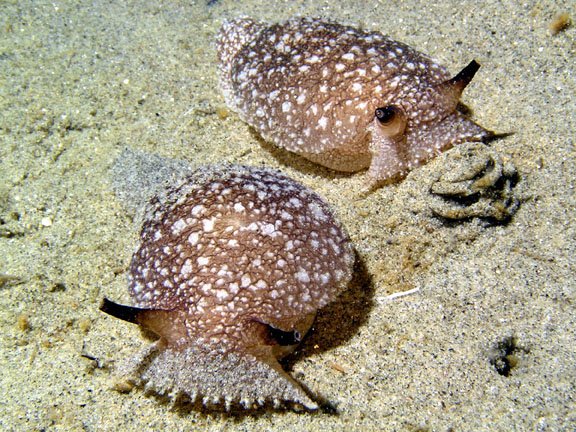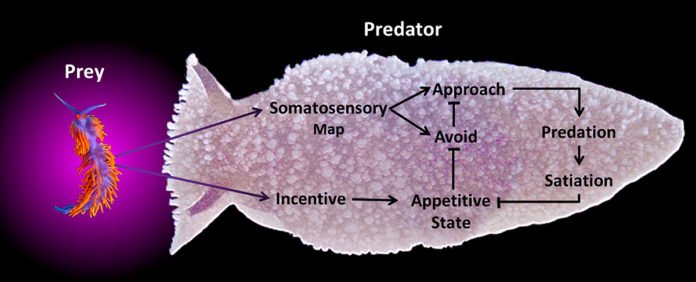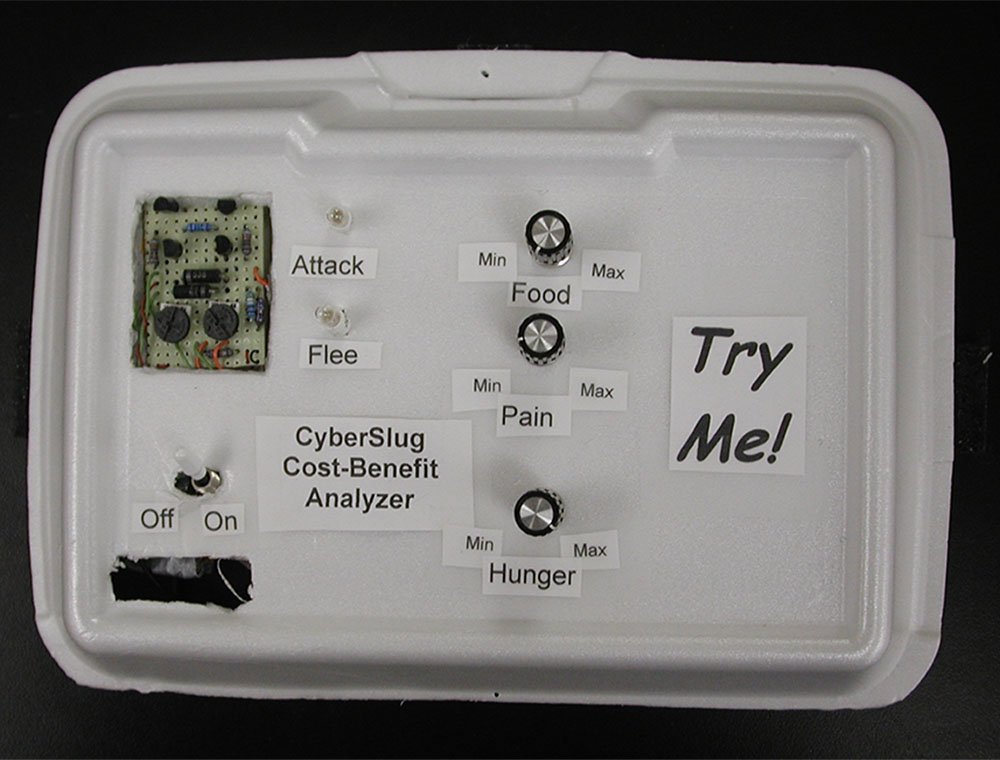Scientists at the University of Illinois have reported that they have developed a new virtual predator that behaves a lot like the original flesh-and-blood organism on which it was modeled. This artificially intelligent predator is also dubbed as Cyberslug that reacts to food and responds to members of its own kind much like the actual animal, the sea slug Pleurobranchaea californica, does.
This Cyberslug is related to its motivation and memories to its perception of the external world, and it reacts to information on the basis of how that information makes it feel. When it feels hungry, it finds the sea slugs, that are yummy to eat and which are less desirable.

Photo by Tracy Clark
Professor Rhanor Gillette, who led the work with software engineer Mikhail. Sea slugs typically choose one of three responses when encountering another creature in the wild. Do I eat it? Do I mate with it? Or do I flee?”
To make the right choice, they must be able to sense their own internal state (Am I hungry?), get cues from their environment (How does it smell?) and remember past encounters (Did this thing sting me last time?).
“Their default response is avoidance, but hunger, sensation, and learning together form their ‘appetitive state,’ and if that is high enough the sea slug will attack.
“When P. californica is super hungry, it will even attack a painful stimulus. And when the animal is not hungry, it usually will avoid even an appetitive stimulus. This is a cost-benefit decision.”
The Cyberslug is built using more sophisticated algorithms to simulate Cyberslug’s competing goals and decision-making. Over time, it learns what is good – and not so good – to bite. Just like P. californica, the more it eats, the more satiated it becomes and the more likely it is to avoid other creatures. But as hunger returns, Cyberslug becomes a less picky eater.
Gillette said, “Now we have a model that’s probably very much like the primitive ancestral brain. The next step is to add more circuitry to get enhanced sociality and cognition.”
Scientists reported their paper in the journal eNeuro.

